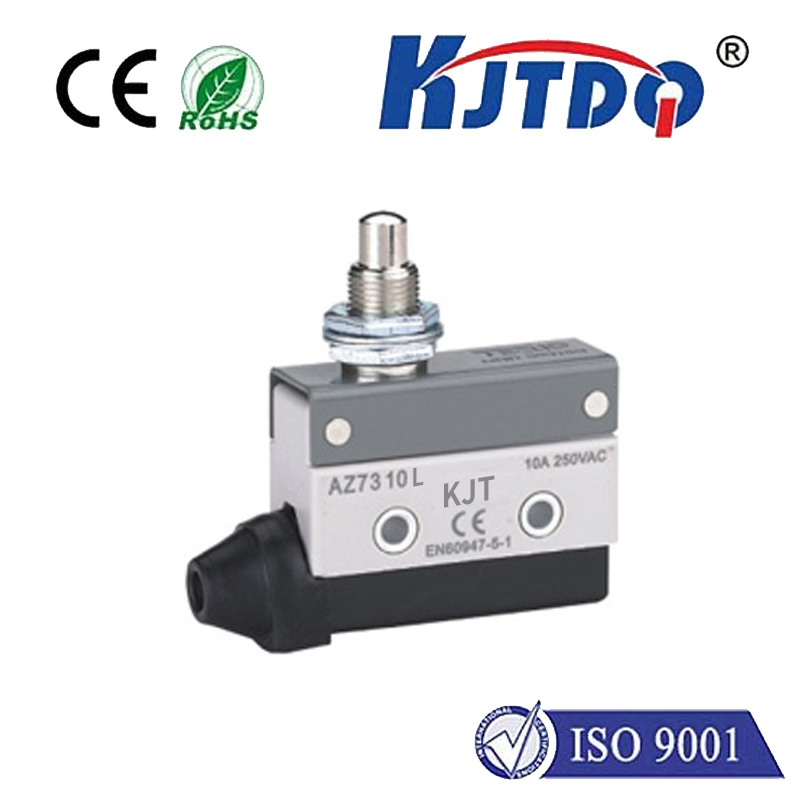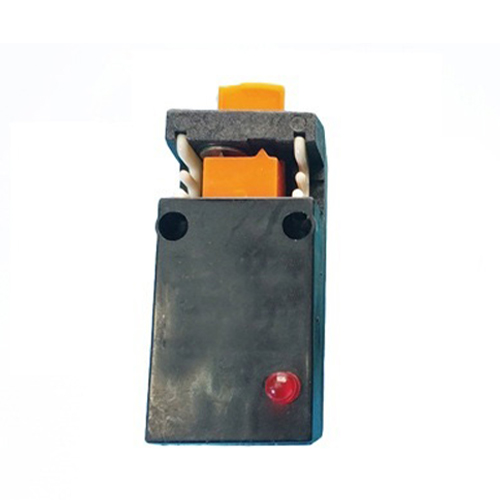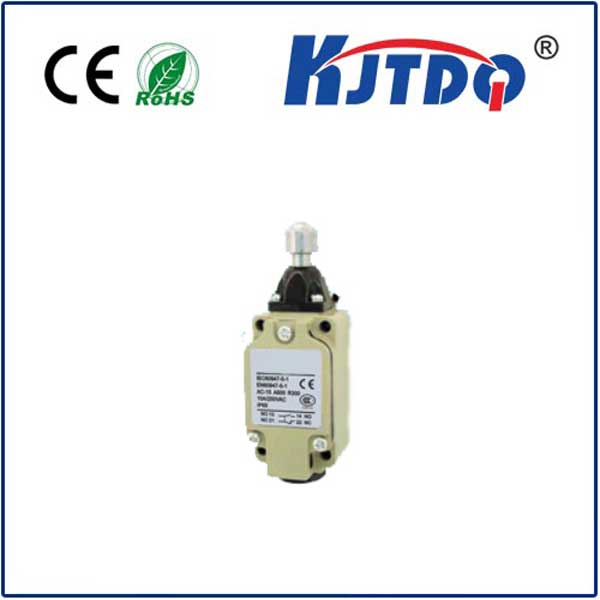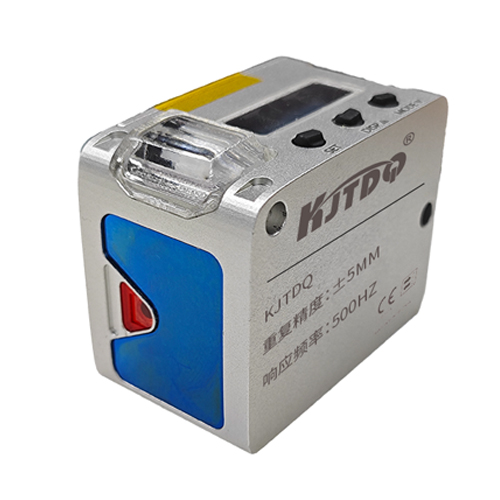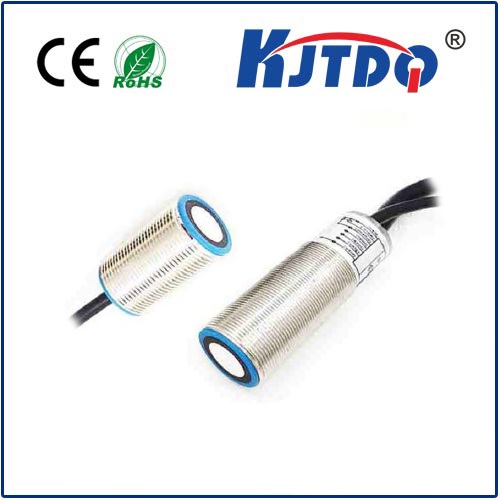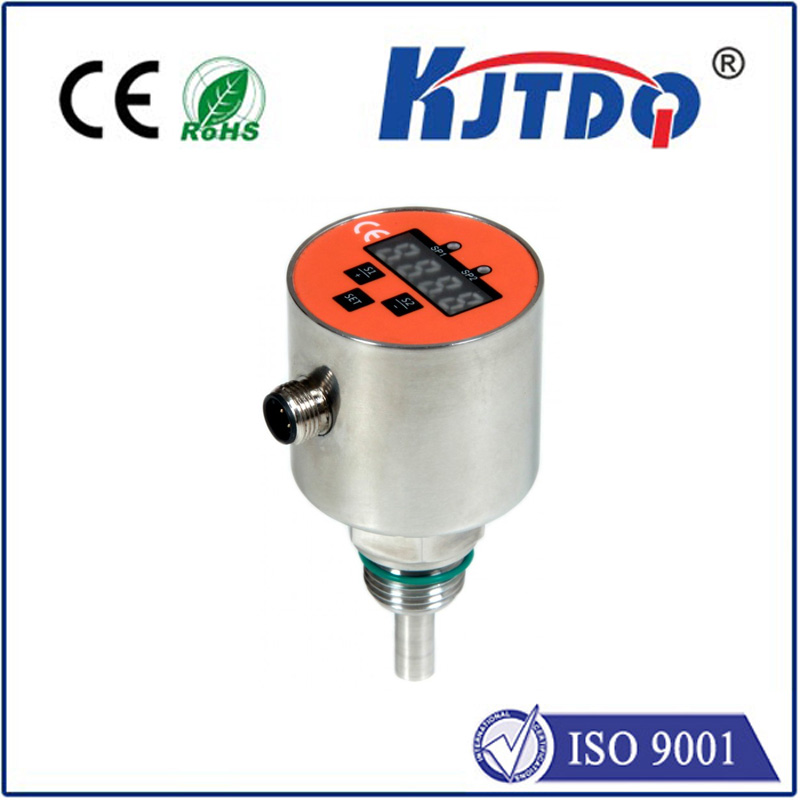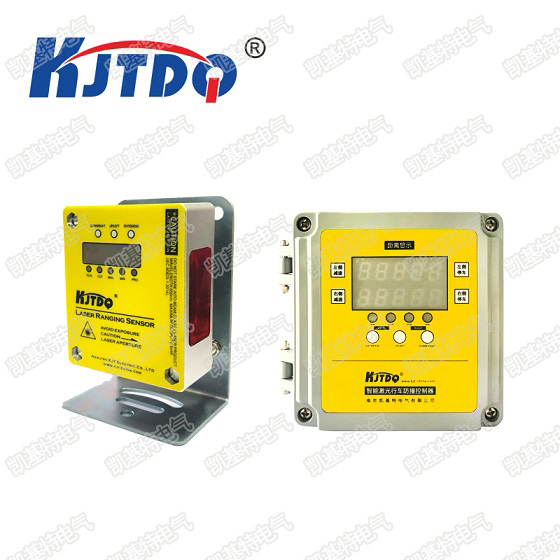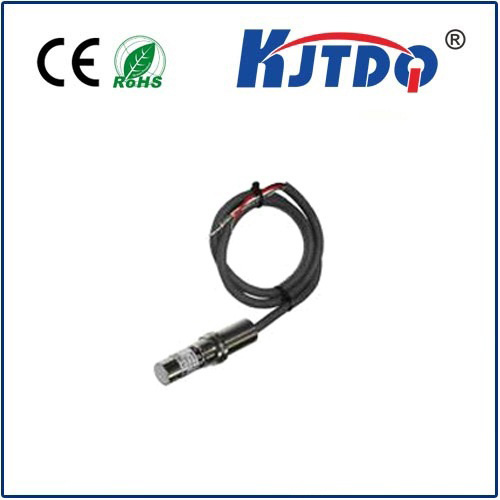

check

check

check

check

check

check

check

check

check

check
Retro Reflective Proximity Sensor: A Revolutionary Technology in Motion Sensing
The advancements in technology have brought significant changes to various fields, including motion detection. One of the most remarkable innovations in this area is the retro reflective proximity sensor. This cutting-edge technology offers unparalleled accuracy and reliability, making it a preferred choice for many applications ranging from industrial automation to automotive safety systems.
At its core, the retro reflective proximity sensor operates by utilizing an emitter that sends out light signals towards a reflective surface. These signals are then reflected back to a receiver, which calculates the distance between the sensor and the object based on the time taken for the light to return. The key difference with this type of sensor is the use of retro reflective materials that offer superior performance compared to traditional reflective surfaces.

One of the main advantages of retro reflective proximity sensors is their ability to detect objects at longer distances without compromising on accuracy. They can also work effectively in harsh environments where other types of sensors may fail due to factors like dust, fog, or rain. This makes them ideal for applications such as traffic monitoring, security systems, and industrial machinery control.
Another benefit of using retro reflective proximity sensors is their low power consumption. Unlike some other types of sensors that require constant power supply, these sensors only consume energy when they are actively detecting objects. This not only reduces the overall energy consumption but also extends the lifespan of the sensor.
In addition to their technical benefits, retro reflective proximity sensors also offer aesthetic advantages. Their sleek design allows them to blend seamlessly into any environment, whether it be an industrial production line or a modern office space. This makes them an attractive option for businesses looking to incorporate advanced technologies while maintaining a professional appearance.
Furthermore, the installation process for retro reflective proximity sensors is relatively simple and straightforward. They can be easily mounted onto various surfaces using screws or adhesive tapes. This flexibility in installation options further enhances their appeal across different industries and settings.
Despite all these advantages, it is essential to choose the right type of retro reflective proximity sensor based on specific application requirements. Factors such as detection range, response time, and environmental conditions should be carefully considered before selecting a suitable model.
In conclusion, the retro reflective proximity sensor represents a major breakthrough in motion sensing technology. Its unique combination of precision, reliability, and low power consumption makes it a highly desirable choice for numerous applications. As technology continues to evolve, we can expect even more advancements in this field, opening up new possibilities for innovative solutions in motion detection and beyond.
